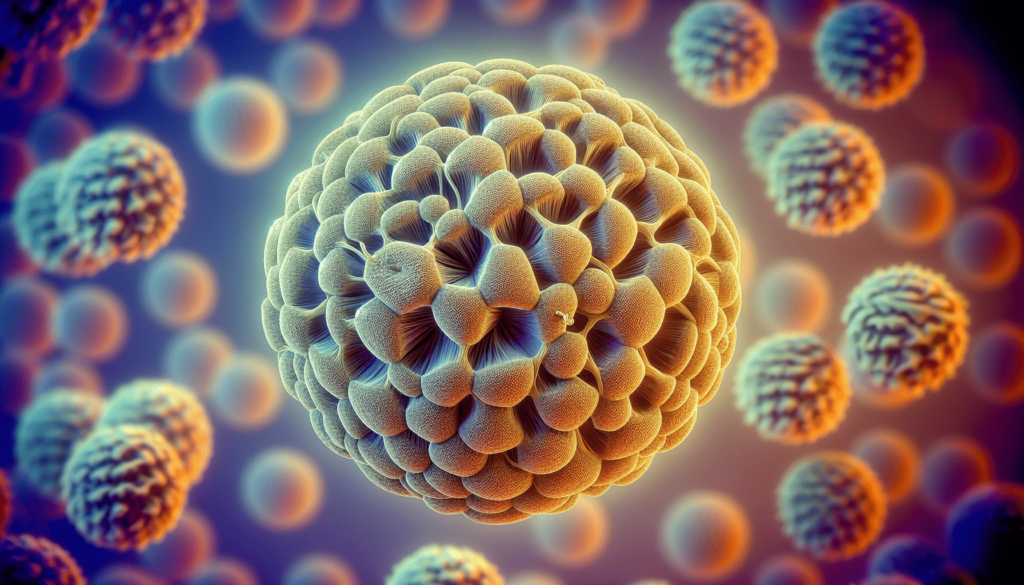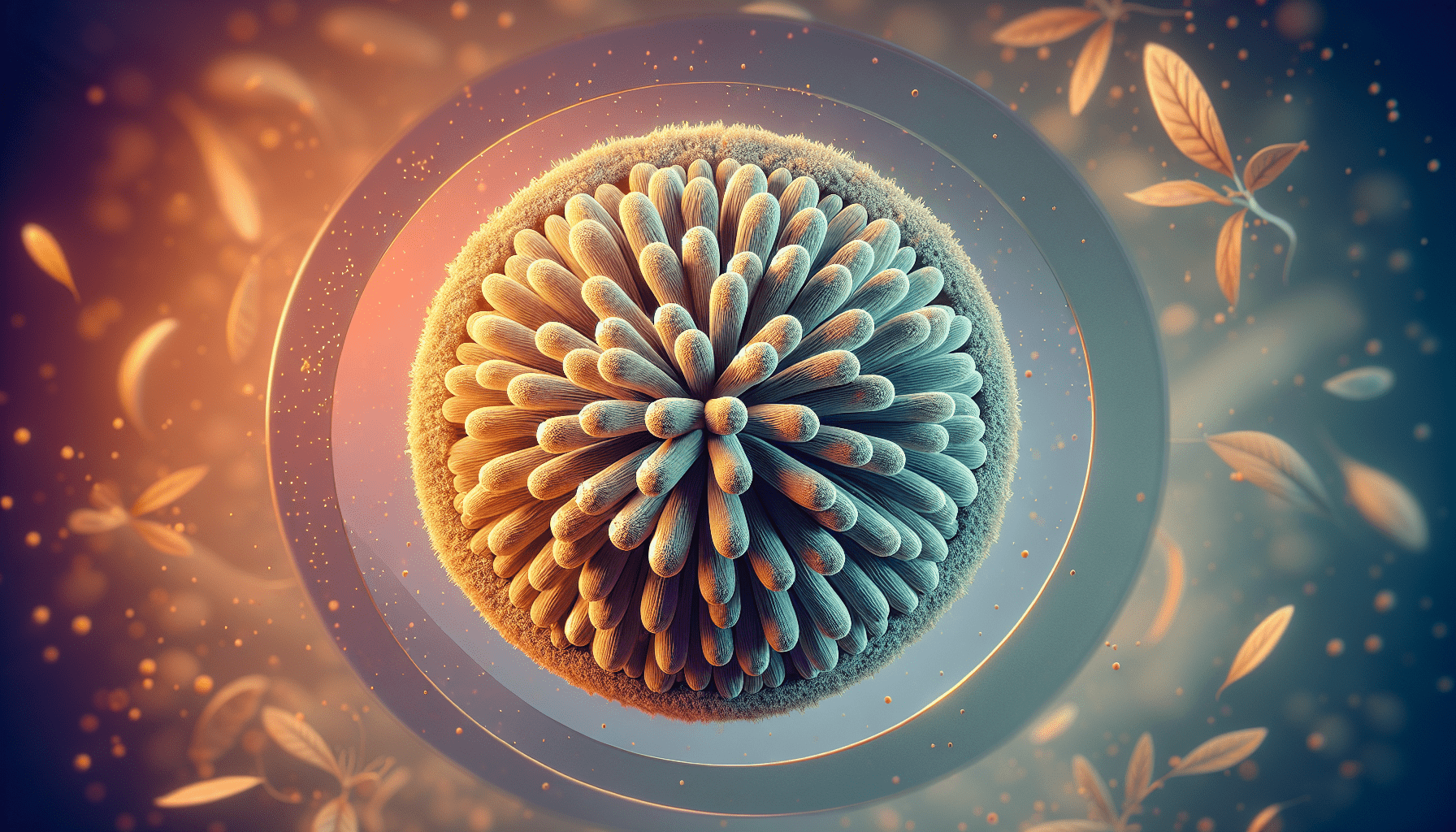Welcome to your ultimate guide to identifying seasonal allergy triggers in your area! In this friendly and informative article, you’ll discover the key culprits behind your sneezes and sniffles at different times of the year. Learn how to recognize specific allergens common in your region, from pollen and mold to pet dander and dust mites. Equip yourself with valuable tips and practical advice to help you manage your symptoms and enjoy each season to the fullest. This guide is here to ensure you spend less time suffering and more time savoring the beauty around you. Have you ever found yourself sneezing uncontrollably or dealing with a pesky runny nose just as the seasons change? Identifying the primary culprits behind your seasonal allergies can seem like an overwhelming task. Luckily, you’ve come to the right place! This Ultimate Guide will help you figure out what’s causing your allergy woes and how to handle them effectively.

What Are Seasonal Allergies?
Seasonal allergies are immune responses triggered by exposure to allergens during specific times of the year. Common symptoms include sneezing, runny nose, itchy eyes, and sinus congestion. Unlike perennial allergies, which occur year-round, seasonal allergies are more predictable and usually tied to the blooming cycles of plants, trees, and grasses.
Why Do Seasonal Allergies Occur?
These allergies are primarily caused by pollen that floats around in the air during certain seasons. When you inhale these pollen particles, your immune system can mistakenly identify them as harmful invaders, triggering an allergic reaction to protect your body.
Types of Allergy Triggers
Different allergens prevail in different seasons. Knowing what specific allergens are active during a particular season in your area can help mitigate the discomfort they cause.
Spring Allergens
Spring is notorious for being the peak season for allergies. The primary culprits are:
- Tree Pollen: Trees such as oak, birch, cedar, and maple release large amounts of pollen.
- Mold Spores: As the snow melts and rains commence, mold growth ramps up, contributing to seasonal flare-ups.
| Allergy Trigger | Source | Common Locations |
|---|---|---|
| Tree Pollen | Oak, Birch | Parks, Wooded Areas |
| Mold Spores | Decaying Leaves | Damp Areas, Basements |
Summer Allergens
During the summer, grasses and weeds take center stage in causing allergic reactions:
- Grass Pollen: Bermuda, Timothy, and Rye grasses are common offenders.
- Weed Pollen: Weeds like ragweed and plantain release pollen that spreads quickly through the air.
| Allergy Trigger | Source | Common Locations |
|---|---|---|
| Grass Pollen | Bermuda, Timothy | Lawns, Fields |
| Weed Pollen | Ragweed, Plantain | Vacant Lots, Road Sides |
Fall Allergens
As we move into fall, weeds continue to be a significant source of allergens:
- Ragweed: Particularly prevalent in many areas and exceptionally potent.
- Mold Spores: Continues to be an issue as leaves decay in wet, damp fall conditions.
| Allergy Trigger | Source | Common Locations |
|---|---|---|
| Ragweed | Ragweed Plant | Countryside, Urban Areas |
| Mold Spores | Decaying Vegetation | Wet Areas, Gardens |
Winter Allergens
While winter may reduce outdoor allergens, indoor allergens can still be an issue:
- Dust Mites: Thrive in the warm, humid environments our homes often become during winter.
- Pet Dander: Increases as pets spend more time indoors.
| Allergy Trigger | Source | Common Locations |
|---|---|---|
| Dust Mites | Bedding, Carpets | Homes, Offices |
| Pet Dander | Pets | Homes with Pets |
How to Identify What Triggers Your Allergies
Understanding your specific allergy triggers requires a bit of detective work. Here are some strategies to help you narrow down the culprits.
Keep an Allergy Diary
One of the most effective ways to identify your allergy triggers is to keep a detailed diary. Write down what symptoms you experience, when they occur, and any activities you were engaged in at the time. Patterns will start to emerge, revealing potential triggers.
Sample Entry
| Date | Symptoms | Activity | Weather |
|---|---|---|---|
| April 10 | Sneezing, Itchy eyes | Morning walk in park | Sunny |
| May 15 | Runny nose | Yard work | Humid |
Consult an Allergist
If your home methods yield inconclusive results, it’s time to consult a professional. An allergist can perform skin tests to identify the specific allergens that trigger your symptoms. Such tests involve exposing your skin to small amounts of various allergens and monitoring your body’s reaction.
Use a Pollen Calendar
Pollen calendars can show the prevalence of different types of pollen in your area throughout the year. These can help you determine your possible triggers based on the time of year when your symptoms flare up.
Practical Steps to Mitigate Allergy Symptoms
Now that you know what’s triggering your seasonal allergies, let’s talk about how to manage them effectively. Managing your exposure to allergens can significantly reduce or even prevent symptoms.
Control Indoor Allergens
Since you can’t control the outdoors, focus on making your home a safe haven from allergens.
- Air Purifiers: Use a high-efficiency particulate air (HEPA) purifier to capture pollen, pet dander, and mold spores.
- Clean Regularly: Dust and vacuum frequently to reduce indoor allergen accumulation.
- Humidity Control: Maintain indoor humidity levels below 50% to inhibit mold growth.
Limit Outdoor Exposure
When the pollen count is high, it’s best to limit your time outdoors, especially during peak hours.
- Stay Indoors: Remain indoors as much as possible during the mornings and on windy days when pollen counts are typically higher.
- Wear a Mask: If you need to go outside, consider wearing a mask specifically designed to filter out allergens.
- Change Clothes: Upon returning indoors, change your clothes to avoid spreading pollen within your home.
Over-the-Counter Medications
Several over-the-counter medications can help to manage the symptoms of seasonal allergies:
- Antihistamines: Help to reduce sneezing, itching, and runny nose.
- Decongestants: Relieve nasal congestion and sinus pressure.
- Nasal Sprays: Reduce inflammation and clear nasal passages.
Natural Remedies
For those who prefer a more natural approach, there are several remedies worth considering:
- Neti Pot: Rinses nasal passages with saline solution to clear out irritants.
- Butterbur: This herbal supplement has been shown to reduce pollen-induced nasal symptoms.
- Local Honey: Some people swear by local honey, although scientific evidence supporting its efficacy is limited.

Monitoring Pollen Levels
Staying informed about local pollen levels can help you avoid days with high allergen counts. Many weather websites and mobile apps provide pollen forecasts, which can help you plan your activities accordingly.
Where to Find Pollen Reports
- Weather Websites: Websites like Weather.com and AccuWeather provide daily pollen forecasts.
- Mobile Apps: Apps like Allergy Alert and Pollen.com offer real-time updates and alerts.
- Local News: Your local news station may also provide pollen counts during weather segments.
Long-Term Strategies for Allergy Relief
Implementing long-term strategies for managing allergies can make a significant difference in your quality of life over time.
Allergy Shots (Immunotherapy)
Allergy shots can be a highly effective long-term solution for managing severe allergies. These involve regular injections of small amounts of allergens, gradually increasing in concentration. This process helps your immune system build up a tolerance to the allergen, thereby reducing the severity of your symptoms over time.
Sublingual Immunotherapy
A needle-free alternative to allergy shots, sublingual immunotherapy involves placing a tablet containing the allergen under your tongue. This method is preferred by many due to its convenience and effectiveness.
Environmental Improvements
Making small changes around your home and surroundings can have a staggering impact on your allergy symptoms:
- Landscaping: Choose low-allergy plants for your garden, such as hydrangeas, marigolds, and lilies.
- Air Conditioning: Use air conditioning in your home and car to filter out pollen.
- Windows: Keep windows closed during high pollen seasons to prevent allergens from entering your home.
Common Myths About Seasonal Allergies
Let’s debunk some common myths that could be steering you wrong in your quest to control seasonal allergies:
Myth 1: Moving to a New Location Cures Allergies
Relocating might provide temporary relief, but chances are you will soon become sensitized to new allergens in the new location.
Myth 2: You Can’t Develop New Allergies as an Adult
While it’s more common to develop allergies in childhood, adults can develop new allergies too. Changing environments or prolonged exposure to new allergens can trigger them.
Myth 3: All Allergy Medications Make You Drowsy
Many modern over-the-counter medications are designed to alleviate symptoms without causing drowsiness. Always consult the labels and your physician for the best options.
Conclusion
Identifying and understanding the different seasonal allergy triggers in your area can empower you to manage symptoms more effectively. From keeping an allergy diary and consulting specialists to making your environment allergen-free and seeking long-term medical solutions, there are multiple strategies for living comfortably despite seasonal changes. By staying informed and proactive, you can enjoy each season with fewer interruptions from irritating allergy symptoms.
We hope this Ultimate Guide has provided you with the knowledge and tools you need to tackle your seasonal allergies head-on. Here’s to fewer sneezes and clearer skies ahead!
